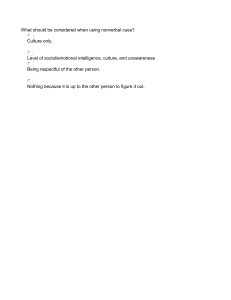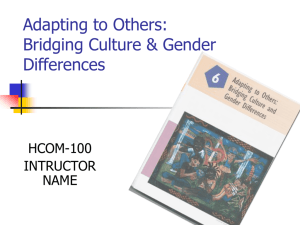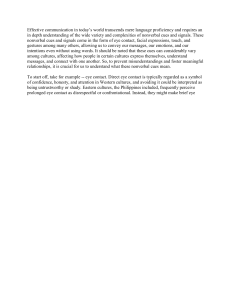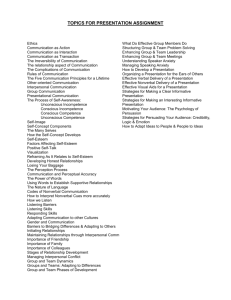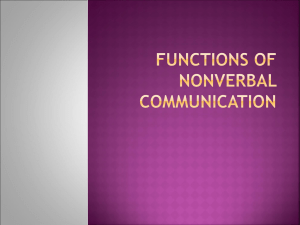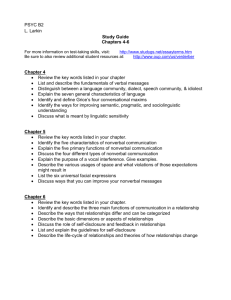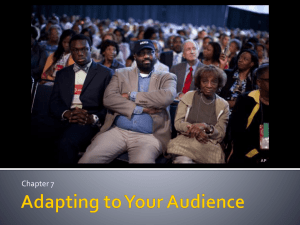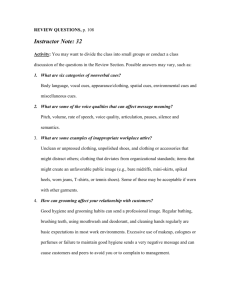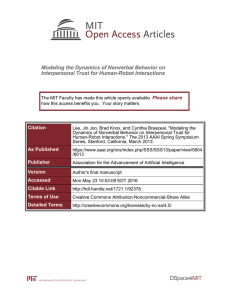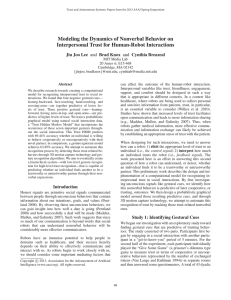Foundations of Human Communication
advertisement
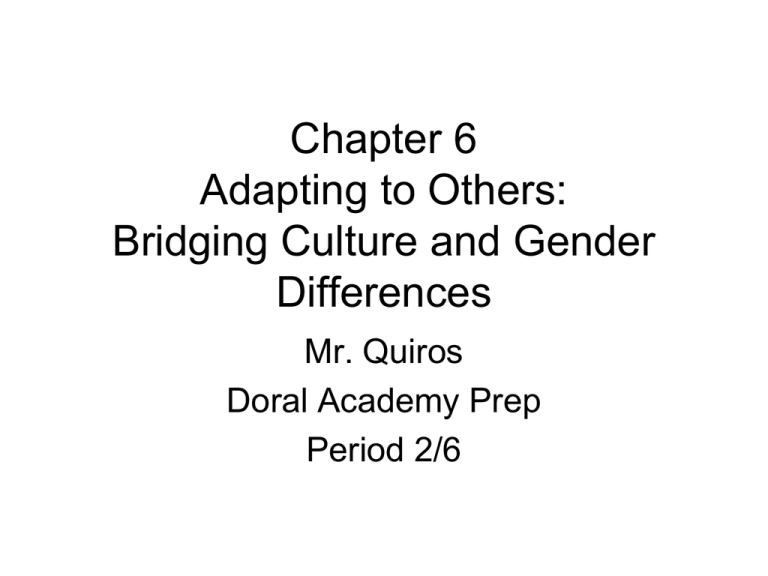
Chapter 6 Adapting to Others: Bridging Culture and Gender Differences Mr. Quiros Doral Academy Prep Period 2/6 Culture and Communication • Culture: a learned set of knowledge, behavior, attitudes, beliefs, values, and norms that is shared by a group of people and shaped from one generation to the next. • Co-culture: A culture that exists within a larger cultural context Culture and Communication • Intercultural Communication – Communication between or among people who have different cultural traditions. • Culture Shock – Feeling of stress and anxiety a person experiences when encountering a culture different from his or her own. • Worldview – Perception shared by a culture or group of people about key beliefs and issues such as death, God, and the meaning of life, which influences interaction with others; the lens through which people in a given culture percieve the world around them. Cultural Context • Cultural Context – Information not explicitly communicated through language, such as environmental and non verbal cues. • High Context – Culture that derives much information from nonverbal and environmental cues and less information from words of a message. • Low Context – Culture that derives much information from words of a message and less information from nonverbal and environmental cues Cultural Values • Cultural Values – That which a given group of people values or appreciates • Masculine cultural values – Emphasize achievement, heroism, material wealth, and traditional male and female roles • Feminine cultural values – Emphasize being sensitive towards others and fostering harmonious personal relationships with others. Cultural Values (cont.) • Collectivist Culture – A culture perspective that places a high value on collaboration, teamwork, and group achievement. • Individualistic Culture – A culture perspective that values individual achievement and personal accomplishment. Gender and Culture • Instrumental orientation – a masculine approach that involves assertiveness and action, in a “me against the world” view of reality and the self. • Expressive orientation – a feminine approach that emphasizes connecting with others and fostering harmonious relationships and community. • Content dimension – the “what” of a communication message; the verbal message. • Relational dimension – The nonverbal elements of a message, such as tone of voice and facial expressions, that convey how message should be interpreted and provide clues about the state of the relationship between the interactants. Barriers to Bridging Differences and Adapting to Others • • • • Assuming Superiority Assuming Similarity Stereotyping and Prejudice Different Communication Codes Adapting to Others Who Are Different From You • • • • • • Seek Information Listen and Ask Questions Tolerate Ambiguity Develop Mindfulness Become Other-Oriented Adapt to Others
